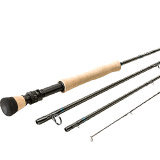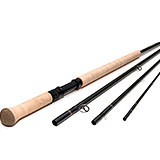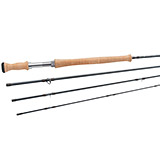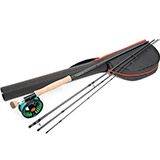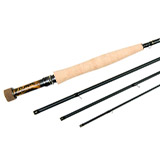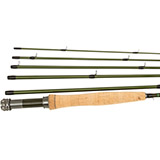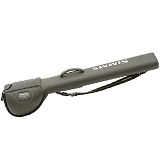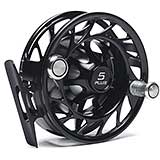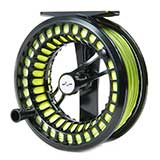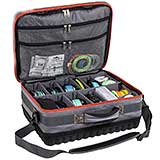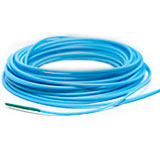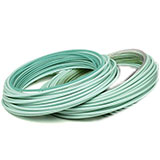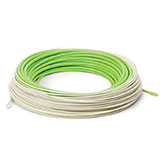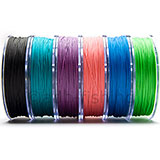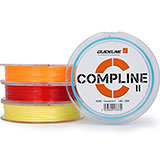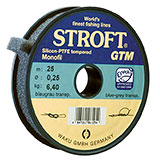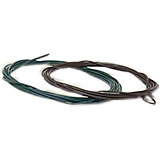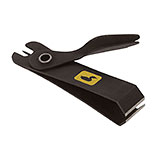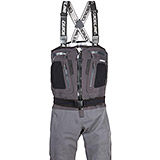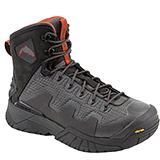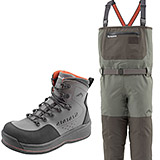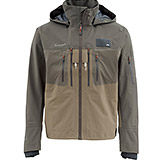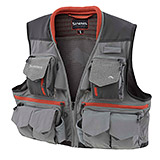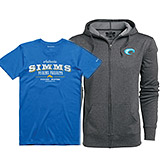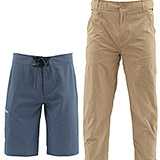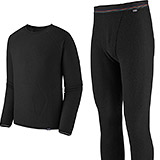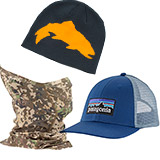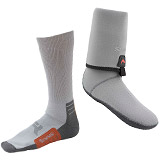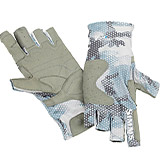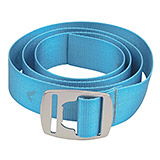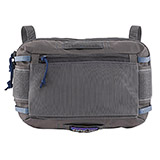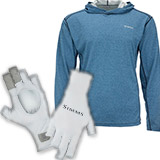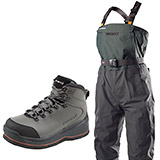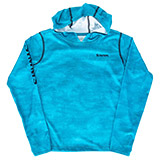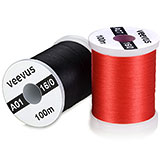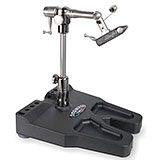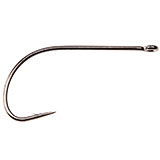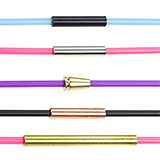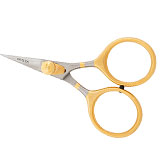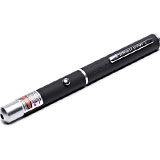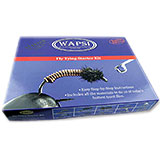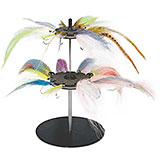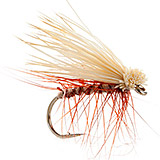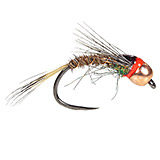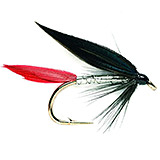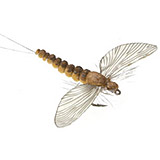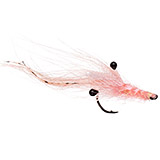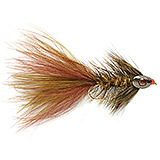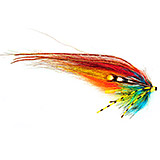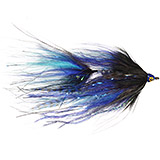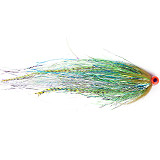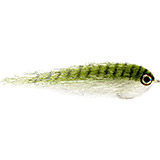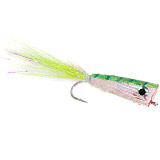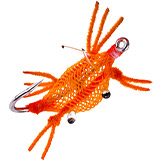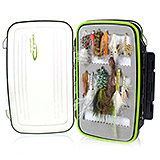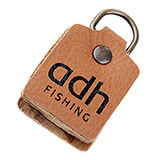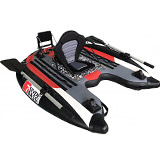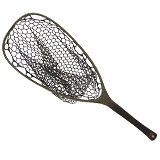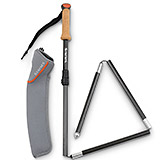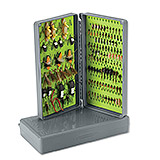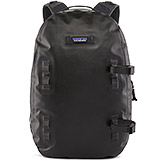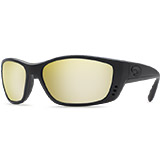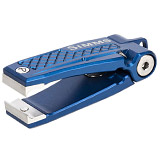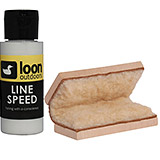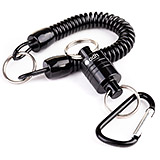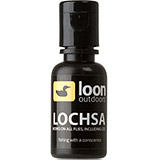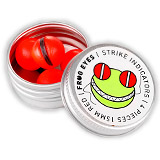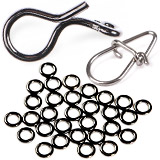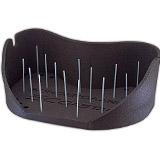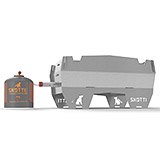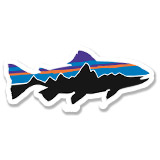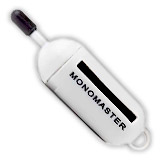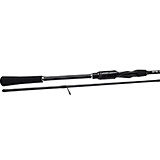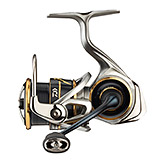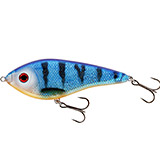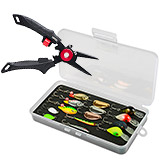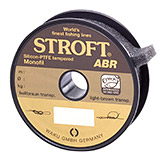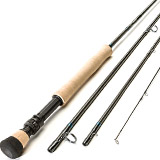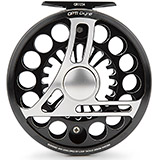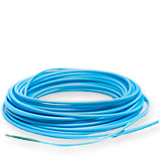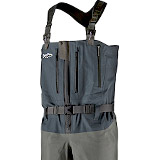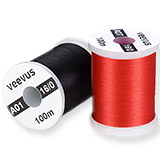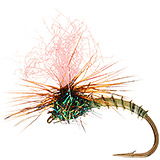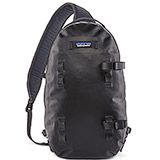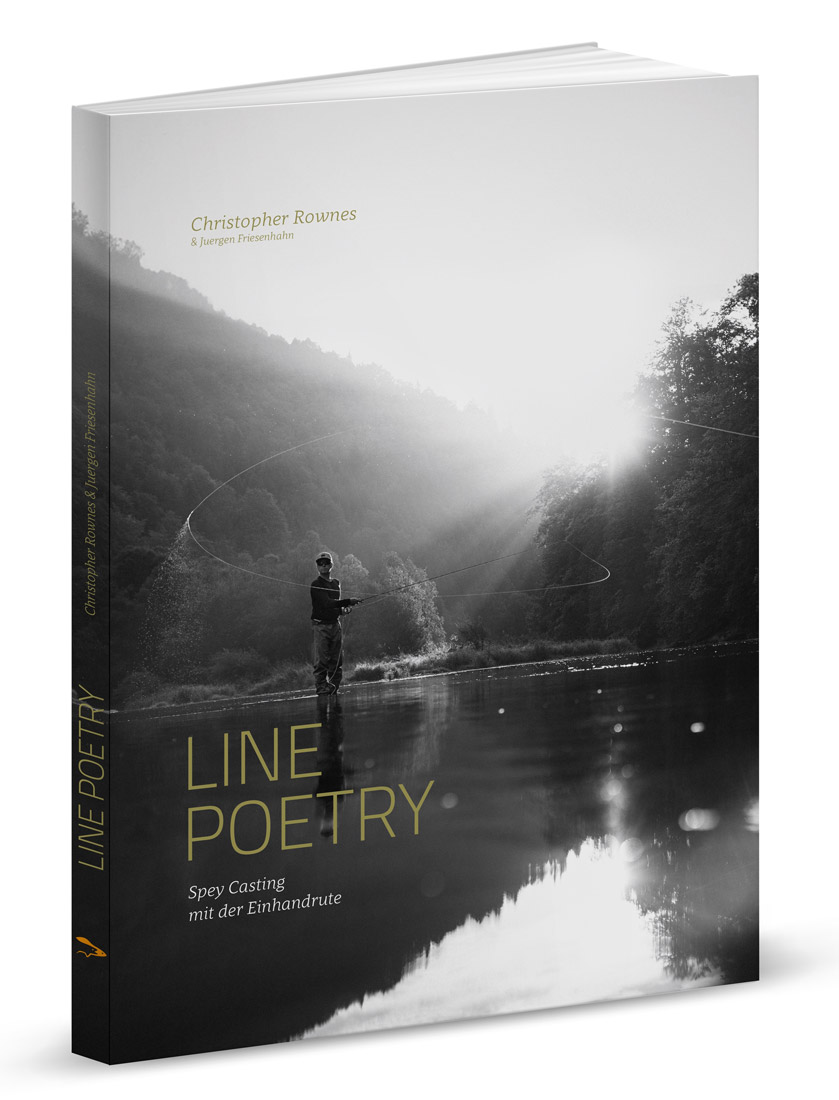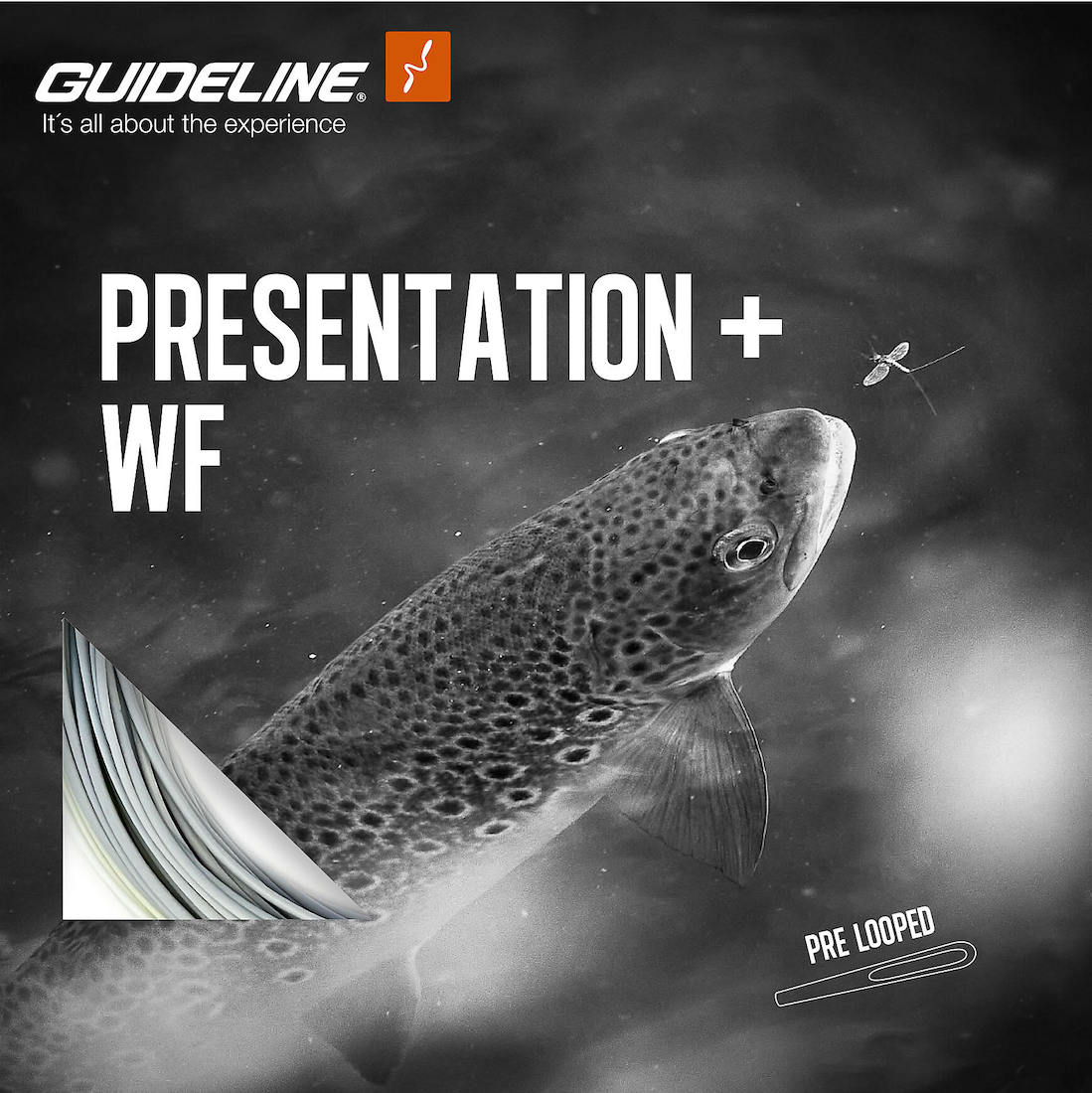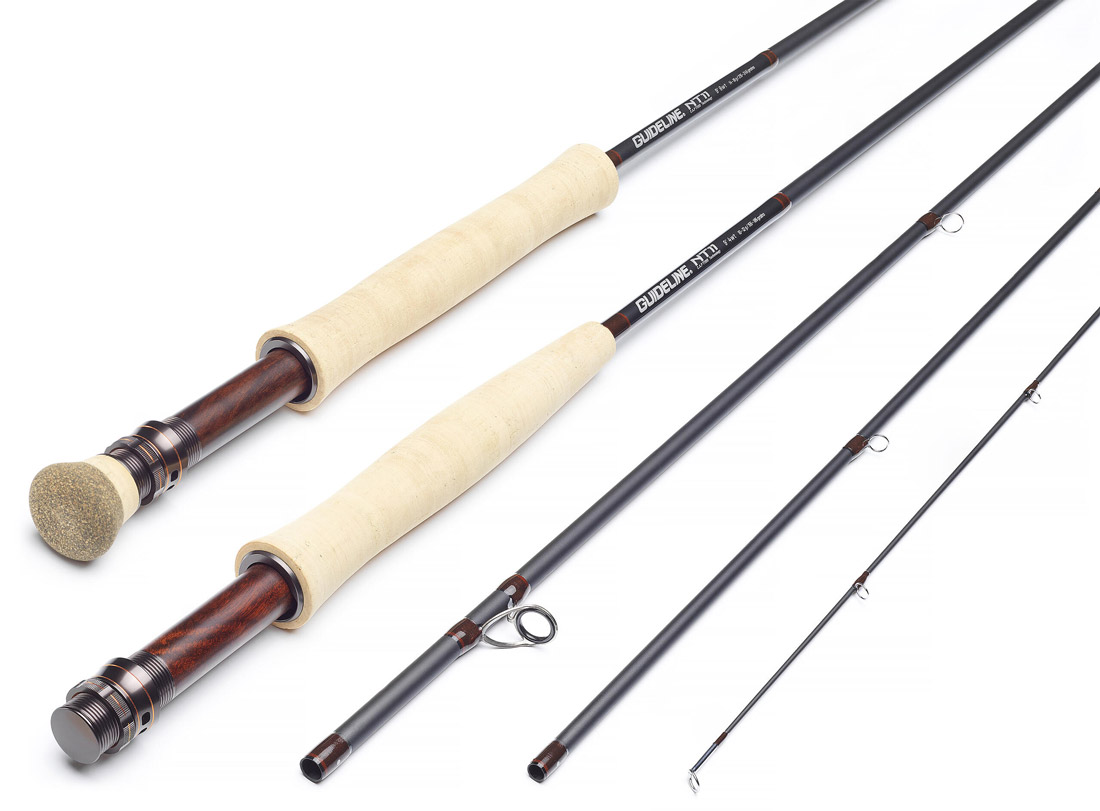Talking with Chris Rownes - Line Poetry

Chris Rownes, one of Europe's most renowned fly casters, shares his valuable knowledge not only in his courses, seminars, and at trade shows, but also in his book: "Line Poetry - Spey Casting with the Single-handed Rod." We talked to Chris about his textbook and asked him 10 questions as a certified FFI Master Fly Casting Instructor. Enjoy our interview!
'Line Poetry - Spey Casting with the Single-handed Rod' is an artistically crafted textbook on fly casting, targeting both beginners and advanced casters. Chris Rownes, along with his co-author Jürgen Friesenhahn, also a certified FFI Master Fly Casting Instructor, not only covers the basic casting steps but also provides numerous practice tips for experienced fly casters.
Published by Forelle & Äsche Verlag, the textbook presents on 116 pages, through text, beautiful photographs, and loving illustrations, all essential water-contact casts with the single-handed rod - playfully and comprehensibly. Building on practical exercise tips for learning basic casting steps for controlled and skilled execution of Roll Cast, Switch Cast, and more, "Line Poetry" includes a very detailed description of all essential Spey Casts. An absolute must-have for all fly fishers who enjoy fly casting and want to take their skills to the next level, as well as a beautiful book that fits perfectly on any coffee table.
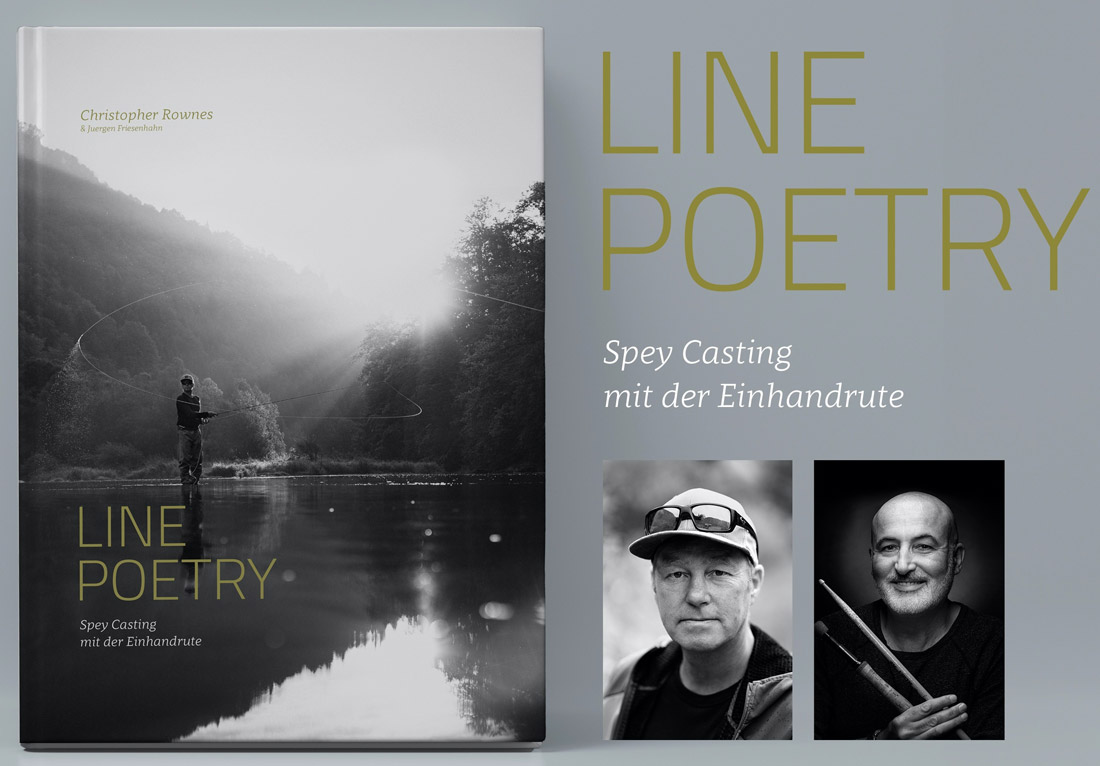
adh-fishing: Hi Chris, congratulations on the publication of your first book! We are very excited to have 'Line Poetry - Spey Casting with the Single-handed Rod' in our shop. Could you please tell us how this exciting project came about and what inspired you to write the book?
Chris Rownes: Hi Alex, thank you very much! The endless hours at the desk and on the water have really paid off. I am very happy that our book is now available, and we could realize it in this form and scope. My inspiration to write the book came from my experience as a fly casting instructor. I realized how effective and useful Spey casts with the single-handed rod can be, and I wanted to share these effective techniques with even more people. Over the years of teaching students, I became aware of the impact and usefulness of water-contact casts, especially in smaller waters. Because in practice, when fishing, there are so many tricky situations where it is simply difficult to place the fly cleanly. I wanted to share my knowledge and fascination for fly casting through my courses and seminars. And for that, a textbook, in my opinion, is simply perfect!
adh-fishing: How did the title 'Line Poetry' come about?
Chris Rownes: For me, fly casting is a wonderfully aesthetic thing. Both in casting and watching! It's really like poetry to watch an experienced fly caster conjure curved loops into the air. Every swing, every movement has its own elegance, its own beauty, which acts like poems in the air. Therefore, 'Line Poetry' seemed to me a fitting title that captures the aesthetics and charm of fly casting. For me, fly casting is an art, and Spey casts have a very special magic. But not only with the two-handed rod, but also with the single-handed rod. Due to the smooth motion, Spey casts are also very aesthetic with short rods. The freedom to quickly change direction with a single continuous movement while casting is expressed in a very special elegance. And it is also very effective and less tiring than traditional overhead casts.
adh-fishing: What audience did you have in mind when writing the book?
Chris Rownes: The book is aimed at anyone who enjoys fly casting. Both beginners and advanced casters who want to improve their technique in overhead casting and Spey casting. Whether you are just starting out or already have some experience, the book offers a wealth of information and techniques to take your fly casting to the next level. Everything in this book is what I also show in my courses, seminars, and at trade shows. In addition to texts, the book primarily contains many loving illustrations that are very helpful in implementing the casts. But not only beginners benefit from this. If you have realized that your repertoire of standard casts on your stream or river is not enough to place your fly in difficult spots, then our book is perfect for you. Because we didn't write the book just for fly casters who want to improve or expand their casting style, but for all fly fishers who want to make their lives easier with Spey casts.
adh-fishing: Can you give us a brief overview of the book's contents and explain what makes it unique?
Chris Rownes: The book is divided into two sections. First, a solid foundation in fly casting is built, and then we cover the four essential Spey casts in the second part. There is currently very little literature on Spey casting in German, especially with the single-handed rod! I think that's what makes our book so special. I tried to structure the book as clearly and accessible as possible so that both beginners and experienced fly casters can benefit from it. But not only our texts help, but also the many photos and illustrations.
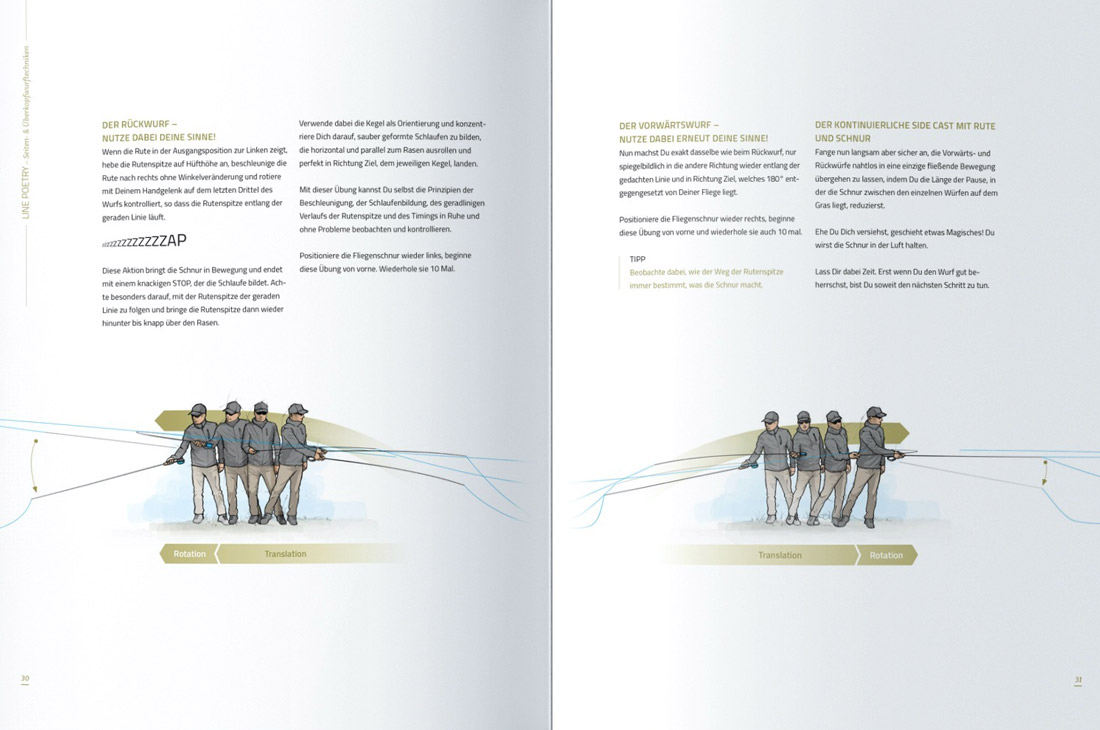
Many loving illustrations help with the implementation of the clean casting process
adh-fishing: Why do you think Spey casting is an important skill for fly fishers, especially with a single-handed rod?
Chris Rownes: Spey casts are incredibly practical and open up completely new areas of a river that are simply not reachable with a conventional overhead cast. They allow a fly fisher to cast effectively even in tight or challenging waters, thus opening up new opportunities and challenges in fly fishing. Additionally, water-contact casts are very effective. They save time but also "work." With a clean technique, Roll Casts, Switch Casts, and Co. are very fatigue-free - and are also a lot of fun! Spey casts are the "get-out-of-jail" casts in fly fishing. They play their greatest advantages wherever a classic overhead cast cannot be executed due to obstacles.
adh-fishing: What challenges did you face in writing this book, and how did you overcome them?
Chris Rownes: It's incredibly difficult to explain fly casting in words. My goal was to make this book as clear and concise as possible. I wanted to try to find the essence of what makes a great fly cast. Therefore, I spent a lot of time and effort finding the right words and conveying complex concepts in an understandable way. I hope that my readers benefit from this and can improve their skills. Over many years, I have worked with beginners and advanced casters in my courses and seminars. And their questions and feedback have also flowed into our book. This feedback has helped me a lot in setting the right priorities.
adh-fishing: How do you hope your book will influence readers or improve their understanding and skills in Spey casting?
Chris Rownes: I hope that my book inspires readers to go out and really practice their fly casting and incorporate these fantastic casts into their repertoire. Through clear explanations, detailed instructions, and practical tips, I want to give my readers the necessary confidence and skills to improve their technique and achieve their goals in fly fishing. Spey casts are a lot of fun and are beautiful to watch. I want to convey this joy of casting in our book. And in the end, I hope that my knowledge leads to the fly being served even more beautifully.
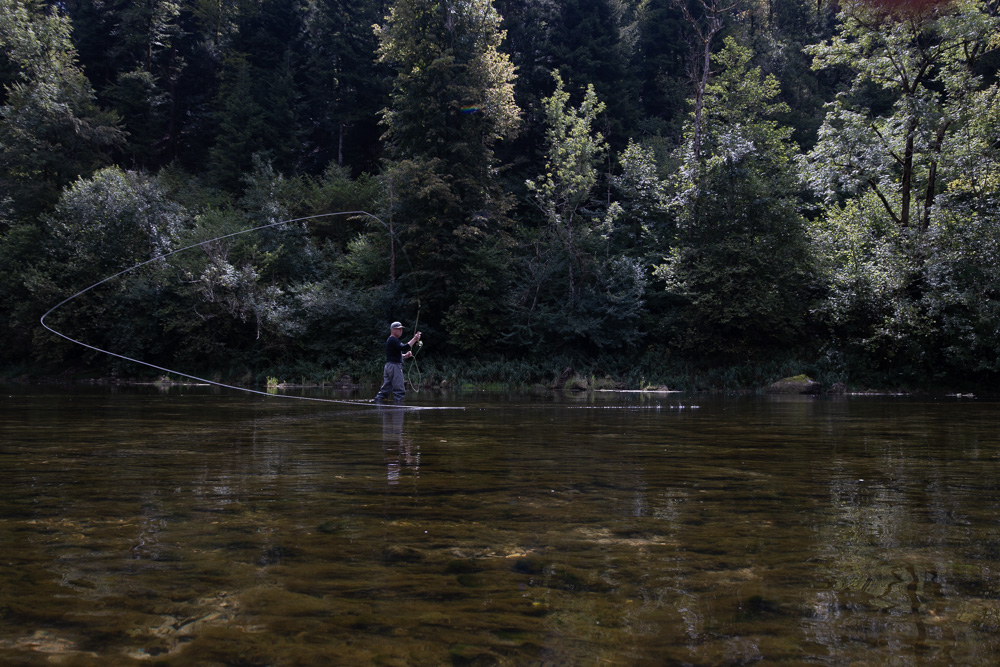
An aesthetic cast and a clean presentation - Chris Rownes Spey casting with the single-handed rod
adh-fishing: In your opinion, what are the most important aspects that readers should take away from your book?
Chris Rownes: For me, when fly casting, it is very important to use finesse and not just power. This means that it's not just about casting the line far, but rather about mastering the technique and movements to produce precise and effective casts. I hope my readers take this message from my book and can implement it in their own practice. The aesthetics in Spey casting arise from a clean, continuous motion, not from power. If the reader succeeds in transferring this ease into their own fly casting, then I am proud and satisfied.
adh-fishing: Fly casting is particularly enjoyable when the equipment is optimally matched. What rod and line can you explicitly recommend for Spey casting with the single-handed rod?
Chris Rownes: I think a perfect rod for Spey casting for me is the Guideline NT11 905, combined with a Guideline Presentation Plus WF 5 line. This combination offers the right balance between power and precision to perform effective Spey casts with a single-handed rod. The line is suitable for all waters and all casts that we present in our book. Both beginners and advanced casters get along great with this line and receive optimal feedback when casting. And the NT11 is my absolute favorite rod! With it, I can do everything, and it offers the perfect mix of feeling and power. For me, the best single-handed rod we have ever developed at Guideline.
adh-fishing: What are your three most important tips for fly casters who want to improve their Spey casting with the single-handed rod?
Chris Rownes: Practice the Roll Cast until you can form a high, tight loop. Focus on maintaining the 90-90 positions of your upper and lower arms and try to replace power with finesse. It's not just about executing the movements but about executing them with precision and control. The more power you save, the more aesthetic your cast becomes. Casting becomes poetry and remains absolutely fatigue-free. Our book should help with that!
adh-fishing: Thank you very much for your insight into your book, Chris! We wish you continued joy in fly casting and success with your book!
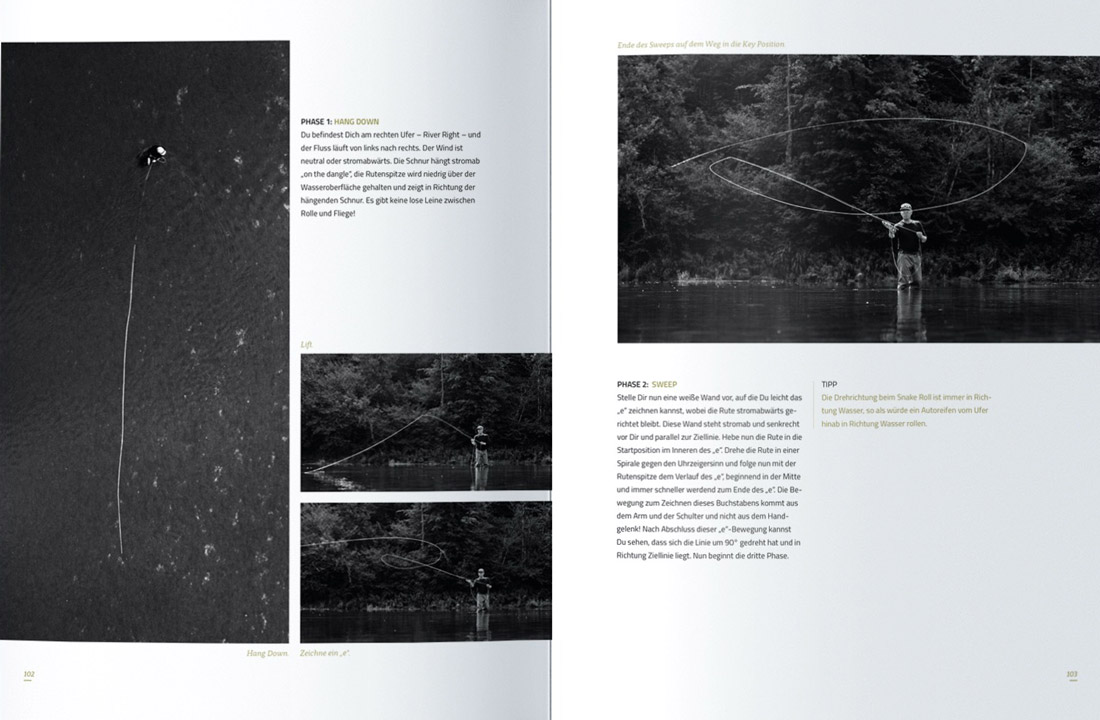
'Line Poetry - Spey Casting with the Single-handed Rod' was published in 2024 in German by 'Forelle & Äsche' publishing house. The hardcover edition comprises 116 pages.

